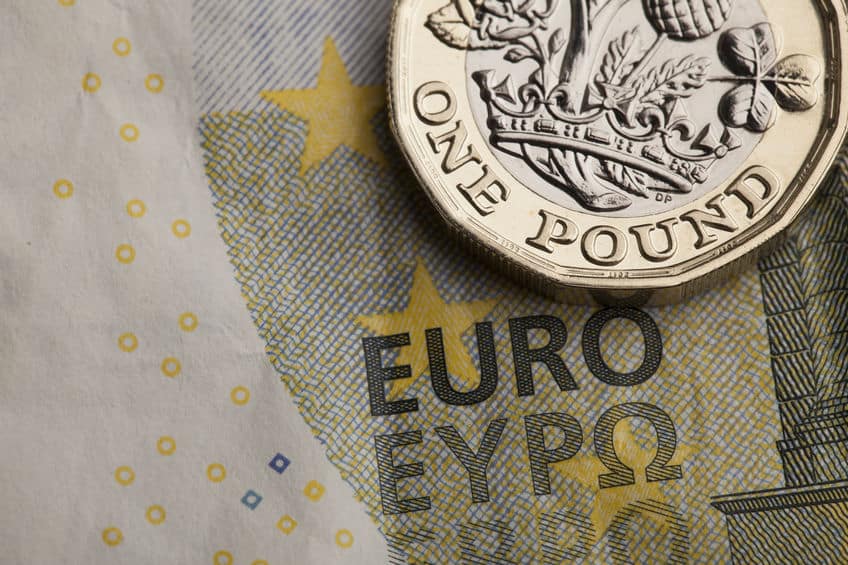Pound Wavers, Euro Strengthens & USD Awaits Fed Clarity

GBP
The Pound Sterling experienced a dip against both the Euro and the US Dollar following the Bank of England’s recent rate cut. Despite this initial drop, the Pound demonstrated resilience amid relatively hawkish rhetoric and global market dynamics.
The GBP|USD exchange rate hit a 4-week low before staging a recovery. The BoE’s Monetary Policy Committee (MPC) decided to cut interest rates by 25 basis points to 5.00%, marking the first reduction since March 2020. While a significant number of investment banks had anticipated this cut, the decision was seen as a close call, with markets pricing in around a 60% likelihood of a move.
The decision indeed proved to be narrowly made, with a 5-4 vote in favour of the cut. Governor Bailey, along with members Breedon, Dhingra, Lombardelli, and Ramsden, voted for the reduction, citing sufficient progress in reducing inflation. Conversely, Greene, Haskel, Mann, and Chief Economist Pill voted to maintain rates at 5.25%, concerned about entrenched domestic inflation.
Governor Bailey emphasised the need for caution in future policy moves, noting the finely balanced nature of the decision. Seema Shah, Chief Global Strategist at Principal Asset Management, described the move as a “hawkish cut,” suggesting no clear signal of successive rate reductions.
Despite this, market expectations remain tilted towards further cuts. Commerzbank forecasts a 25 basis point reduction every three months, with the next cuts anticipated in November, February, and May 2025.
Looking ahead, the upcoming week is light on UK economic data. Consequently, the Pound is likely to be influenced by overall market risk sentiment.
EUR
The Euro gained strength against the Pound on Monday as it benefited from a shift towards safer assets in a risk-off market environment. This market sentiment was driven by weaker US jobs data from last week, which raised concerns about a potential slowdown in the US economy and the possibility of a ‘hard landing’ for the Federal Reserve.
Adding to the risk-averse mood were rising tensions in the Middle East. Following the assassination of a Hamas political leader in Iran, Tehran blamed Israel and vowed retaliation. The US has responded by deploying fighter jets and warships to the region, stating its commitment to defend Israel if attacked. This escalation has heightened fears of a broader regional conflict, drawing in other nations.
Amidst this climate of uncertainty, the safer Euro appreciated against the more volatile Pound.
Looking ahead for the week, Euro investors are focusing on upcoming industrial data from Germany, the Eurozone’s largest economy. The latest factory orders and industrial production figures, set to be released on Tuesday and Wednesday respectively, are forecast to show recoveries in June, with factory orders expected to rise by 0.8% and industrial production by 1%. Positive signs from Germany’s manufacturing sector could further support the Euro.
USD
Last Friday’s soft US jobs data ignited concerns about the Federal Reserve falling behind, triggering a global bond rally and an equity sell-off on both Friday and Monday. The market is now fully pricing in a 125 basis point rate cut by the end of the year, with a 50 basis point reduction anticipated in September.
However, expectations of a total 225 basis point easing over the next 12 months seem overly pessimistic unless a severe US recession unfolds. It appears that markets might be overreacting to a single data point. Fed officials may step in to temper these dovish expectations, as the market has repeatedly misjudged the Fed’s policy direction throughout this cycle.
There is a lack of significant data releases coming out of the US this week.
We specialise in helping businesses and individuals mitigate foreign exchange risks by providing insights, guidance and tailored strategies. If you have upcoming currency requirements and want to have a conversation about how we can help you, contact one of our consultants on 020 3876 5432.